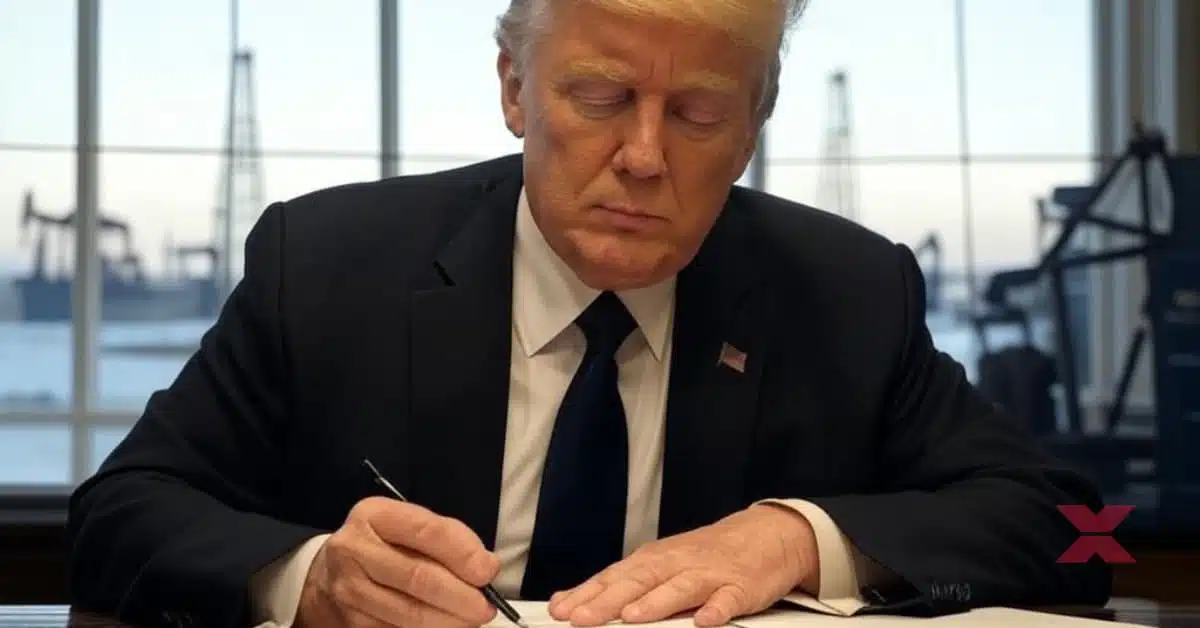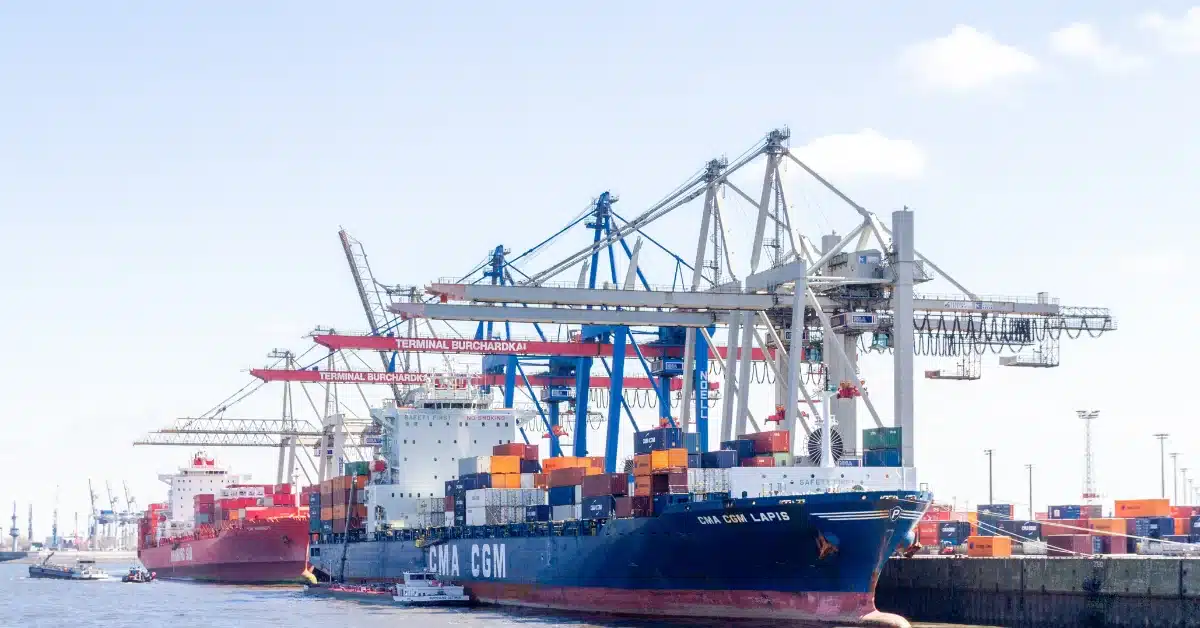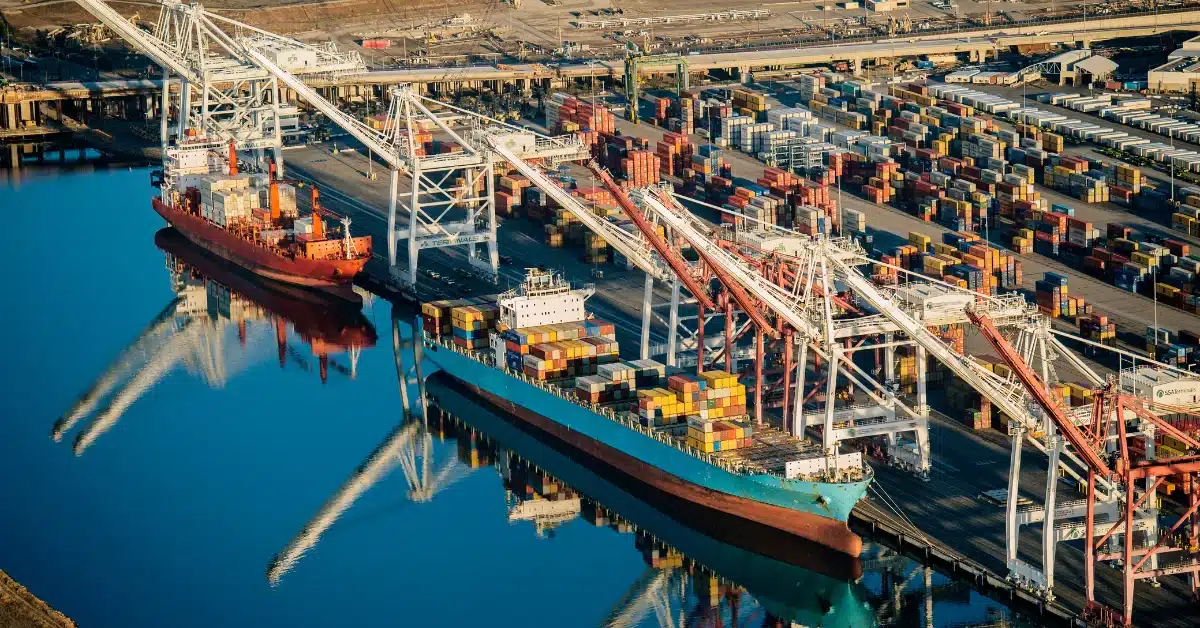Hormuz Chokepoint Threat: Oil Price Spike and Global Supply Chain Fallout
The Strait of Hormuz—just 21 miles across at its narrowest—is at the heart of global energy geopolitics. In June 2025, Iran’s parliament threatened closure of this vital chokepoint after an Israeli strike on nuclear infrastructure. About 20 million barrels per day (20% of global oil flow) pass through Hormuz, along with a similar share of liquefied natural gas . Such a blockade would send shockwaves through global markets.
In this article, we examine how a Hormuz closure could drive oil prices to $130+/barrel, unravel global supply chains, and test the resilience of energy and logistics systems worldwide.
1. Why the Strait of Hormuz Matters
Hormuz links the Persian Gulf to the Gulf of Oman and Arabian Sea. In 2024–Q1 2025, 20 million barrels/day of oil traversed the strait, representing 20–30% of seaborne oil and global petroleum liquids. Another 20% of global LNG also passes through here.
Limited alternatives exist. Pipes like Saudi Arabia’s East-West and UAE’s Habshan–Fujairah offer partial relief, but combined they reroute only ~7 mb/d—far below the strait’s capacity.
Historical precedents—like the early 2012 threats—have shown the world bracing for disruption when whispers of closure appear .
2. Iran’s Chokepoint Threat
On June 14, 2025, Iran’s parliament endorsed a measure to close Hormuz, pending final approval by the Supreme National Security Council. Interviews with parliamentarians indicate the move is retaliation for strikes on nuclear sites .
Yet closure would hurt Iran itself. Around 1.5 mb/d of Iranian oil flows through Hormuz, and shutting it down could damage domestic revenue and alienate trade partners like China.
Still, threats can be leveraged for political coercion, even if full closure remains unlikely.
3. Oil Price Spike Scenarios
Market experts warn spike risks. Citi analysts say a 3‑month disruption of 3 mb/d could push Brent to $90.Lazard, JP Morgan, and Oxford Economics project peaks of $120‑130 if a prolonged closure occurs. ClearView Energy estimates prices may jump $8–31/barrel.
Brief disruptions saw Brent rise from $69 to $74 in June 2025. U.S. gasoline prices also spiked 20¢/gallon.
In worst-case—which includes Red Sea attacks or Kharg Island strikes—prices could exceed $130, triggering global inflation and recession risks.
4. Global Supply Chain Fallout
Spike in oil costs triggers surges in shipping, trucking, aviation. Elevated fuel expenses ripple through consumer prices, eroding margins. EY estimates PMIs could contract; inflation could edge 6% in the U.S. .
High commodity costs inflation-hit economies, and port disruptions escalate logistical bottlenecks.
India, Iran’s own major buyer, prepared defense by increasing West Africa imports.
Logistics players see higher risk premiums and rates in marine insurance and shipping charters .
5. Economic & Political Fallout Within Iran
Iran relies on oil for ~20% of GDP. Hormuz closure would cause immediate revenue losses. Lost exports risk job cuts, fiscal strain, inflation. Unified Council and Supreme Leader approval are uncertain .
Politically, it signals defiance but also amplifies the stakes—losing access could isolate Iran regionally and globally .
6. Geopolitical & Military Context
U.S. 5th Fleet, NATO, and EMASoH patrol waters to safeguard navies. Europe deployed EMASoH (France, Italy, Germany) to deter blockades .
China, heavily reliant on Gulf oil (40%), has urged de-escalation using its diplomatic platform .
U.S. naval buildup is probable; naval blockade could force equal pressure on Iran and push towards reopening Hormuz.
7. Alternatives & Risk Mitigation
Saudi and UAE pipelines (East-West, Habshan-Fujairah) redirect limited volumes. Still, combined they’re <7 mb/d vs 20 mb/d strait flow.
Strategic reserves are being readied; OPEC+ may ease output cuts; U.S. could boost shale output.
Logistics providers should increase risk premiums, reroute vessels around Africa via Bab-el-Mandeb, diversify sourcing, consider air freight, and hedge fuel exposure.
8. Forecast & Sector Recommendations
Short-term spikes (weeks/months) are likely but manageable thanks to global supply buffers. Long-term blockade would trigger recession.
Recommendations for logistics, energy, and procurement:
- Plan alternative routes with shipping firms
- Increase inventory and storage of critical materials
- Implement fuel price hedging strategies
- Monitor political signals and sanctions
9. Conclusion
Strait of Hormuz remains a strategic but vulnerable chokepoint. Iran’s threats show its geopolitical leverage. Though a full closure remains unlikely—due to limited upside and high cost—the impact of even brief disruptions would be severe: oil prices pulling to $100+, supply chain delays, inflationary spikes.
Resilience lies in proactive planning: diversify logistics routes, maintain buffer inventories, mobilize emergency supplies. Policymakers, businesses, and energy players must stay agile to navigate this volatility now and into the future.
FAQs
1. What is the Strait of Hormuz?
A 21-mile-wide shipping lane between Iran and Oman carrying 20 mb/d oil and similar LNG—~20–30% of global petroleum liquids.
2. Why is Iran threatening closure?
As retaliation to U.S./Israel strikes; final decision lies with top Iranian leaders.
3. How high could oil prices go?
Analysts forecast $90 for short supply cuts; worst case hits $120-$130/barrel.
4. What are the global supply chain effects?
Higher fuel costs, insurance, container rates, inflation, logistics delays, especially in shipping-dependent sectors.
5. Are there alternatives to Hormuz?
Pipelines (East-West, Habshan-Fujairah) bypass Hormuz partially, but cover only ~7 mb/d vs ~20 mb/d .
6. How long would a blockade last?
Likely brief; global diplomatic and military pressure would encourage quick reopening.





